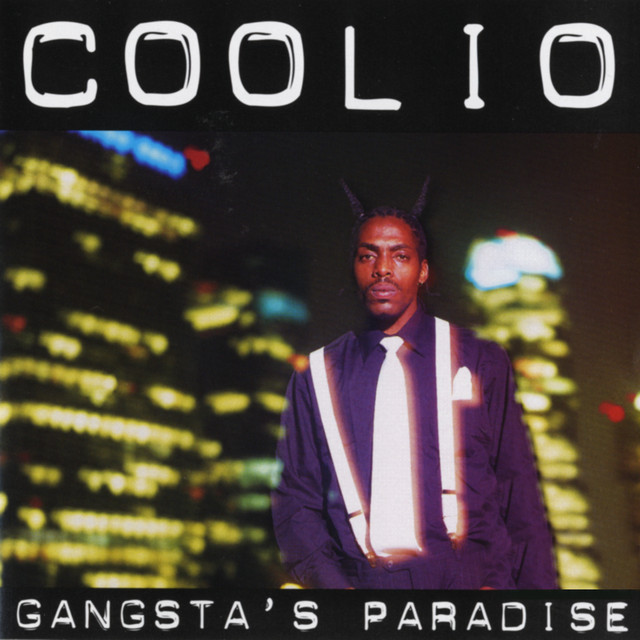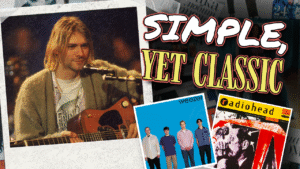
Music doesn’t just get created—it gets inherited, reimagined, and passed forward like sonic heirlooms. While sampling grabs actual audio fragments, interpolation performs a more elegant trick: recreating familiar melodies within entirely new productions. It’s musical reincarnation where recognizable hooks return in unexpected forms, creating that delicious “wait, I know this” moment that makes your brain light up like a vintage equalizer. These melodic callbacks aren’t nostalgic shortcuts—they’re conversations across decades.
6. Tears Dry on Their Own / Ain’t No Mountain High Enough

Amy Winehouse’s “Tears Dry on Their Own” performs an emotional inversion that borders on alchemy. Taking the instrumental foundation of Marvin Gaye and Tammi Terrell’s devotional classic, Winehouse constructs a temple to heartbreak where a monument to love once stood.
The genius lies in the contradiction. The uplifting progression that once carried promises of unwavering support now underscores acceptance of abandonment. Winehouse creates emotional dissonance between hopeful instrumentals and resigned lyrics—like watching someone smile through tears
5. Rapper’s Delight / Good Times

When the Sugar Hill Gang launched hip-hop into mainstream consciousness with “Rapper’s Delight,” they weren’t sampling Chic’s “Good Times”—they were recreating it with session musicians. This distinction matters historically, representing one of music’s most consequential interpolations.
This recreation of Nile Rodgers’ infectious bassline established a template for how hip-hop could build upon existing musical frameworks without direct sampling. That bouncing bassline didn’t just launch a song—it helped launch an entire cultural movement.
4. Seven Rings / My Favorite Things

Ariana Grande pulled off the musical equivalent of turning a classic Mercedes into a chrome-wrapped supercar with “Seven Rings.” The melody that once carried Julie Andrews through her list of comforting simplicities now soundtracks Grande’s celebration of financial independence.
The transformation is jarring yet brilliant—whiskers on kittens become diamonds on wrists. Grande’s recontextualization completely flips the emotional script, transforming a song about finding joy in simplicity into an anthem about finding freedom through abundance.
3. Gold Digger / I’ve Got a Woman

Kanye West’s approach to “Gold Digger” demonstrates interpolation as creative problem-solving. Wanting to reference Ray Charles’ “I’ve Got a Woman” without traditional sampling, West enlisted Jamie Foxx—fresh from his Oscar-winning portrayal of Charles—to recreate the vocal style.
This workaround became a feature rather than a compromise. Foxx’s performance adds a meta layer to the interpolation, referencing not just Charles’ music but his cinematic representation. The solution transcends legal necessity to become an artistic statement.
2. Play That Song / Heart and Soul

When Train revitalized “Heart and Soul” into “Play That Song,” they performed CPR on a melody that had been relegated to piano lesson purgatory. That simple progression—the one hammered out by countless eight-year-olds—suddenly found itself dressed in contemporary production and climbing modern charts.
This musical resurrection demonstrates how certain melodic sequences are practically coded into our collective DNA. Train reintroduced a classic to an audience who might never have encountered it otherwise, proving that good melodies never truly die.
1. Gangsta’s Paradise / Pastime Paradise

Coolio’s transformation of Stevie Wonder’s contemplative “Pastime Paradise” into “Gangsta’s Paradise” represents one of music’s most profound recontextualizations. The haunting choir that once supported Wonder’s spiritual meditation became the perfect backdrop for Coolio’s street-level reality check.
This interpolation doesn’t just change genre—it shifts perspective entirely. Wonder looked outward at societal failings; Coolio turned the lens inward to personal consequences. The familiar melody creates a bridge between different worlds.





















